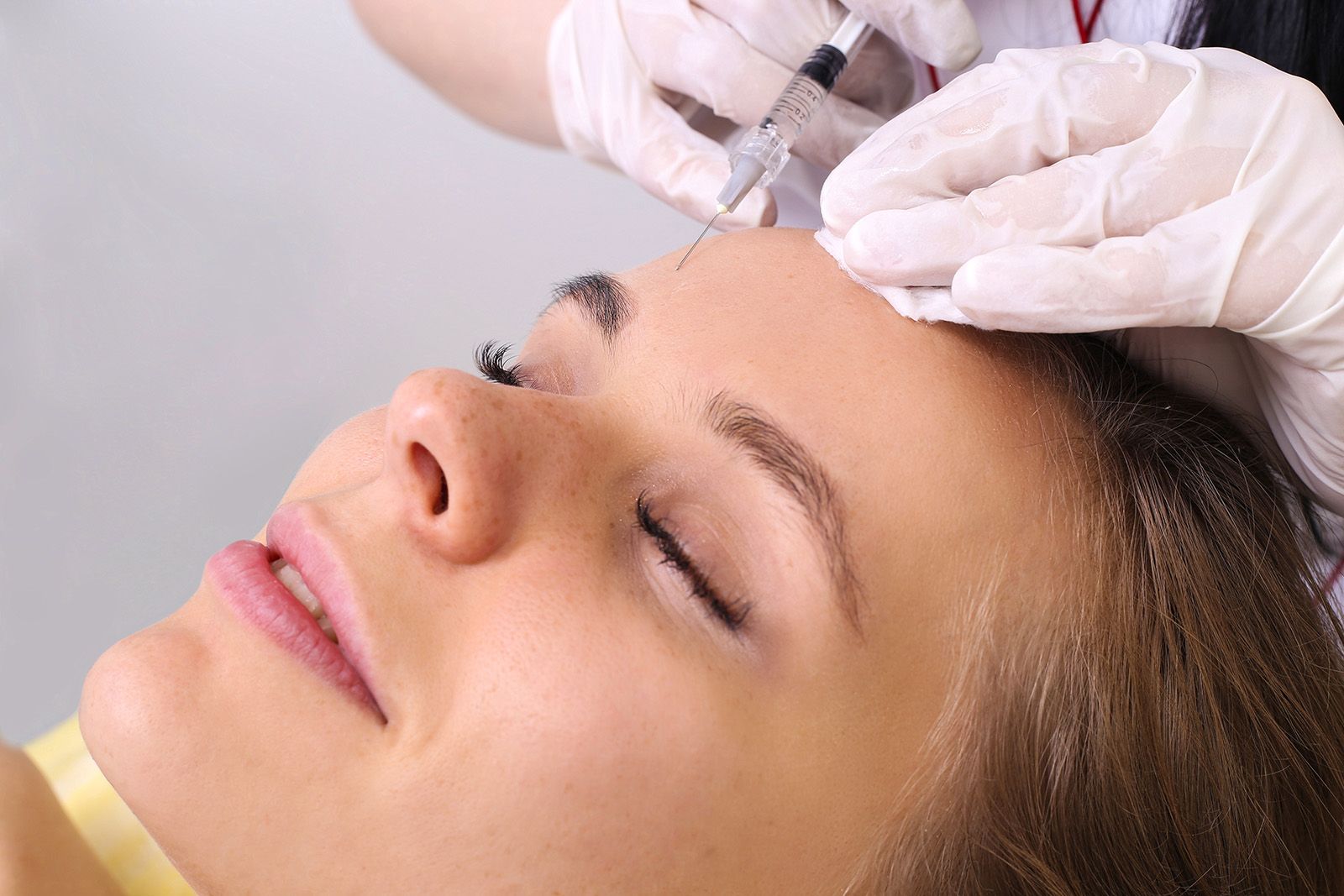Testosterone therapy, a medical treatment that involves the supplementation of testosterone, can be a valuable solution for individuals with low testosterone levels. Whether due to aging or underlying health conditions, low testosterone can lead to a range of symptoms, including fatigue, reduced muscle mass, and a decrease in libido. If you suspect that you may benefit from testosterone therapy, this guide will walk you through the steps to obtain a testosterone therapy prescription and explore the necessary considerations along the way.

Content
1. Recognize the Symptoms and Risks:
Before seeking testosterone therapy, it’s essential to recognize the symptoms associated with low testosterone, which may include fatigue, reduced muscle mass, sexual dysfunction, and mood changes. It’s also crucial to understand the potential risks and side effects associated with testosterone therapy, such as an increased risk of heart disease, prostate issues, and blood clots.
2. Consult a Healthcare Professional:
The first and most crucial step is to consult a healthcare professional. You can start with your primary care physician or seek a specialist in hormone-related issues. Discuss your symptoms, medical history, and concerns. Your healthcare provider will conduct a physical examination and order blood tests to measure your testosterone levels.
3. Review the Test Results:
Once your blood test results are available, review them with your healthcare provider. Low testosterone levels, known as hypogonadism, can be confirmed through these tests. Your provider will also evaluate other health parameters to determine whether testosterone therapy is a suitable option for you.
4. Explore Lifestyle Changes:
In some cases, lifestyle changes can help raise testosterone levels naturally. These changes may include regular exercise, a balanced diet, adequate sleep, stress management, and weight loss if necessary. Your healthcare provider will discuss these options with you before proceeding to testosterone therapy.
5. Discuss the Benefits and Risks:
Engage in an open and thorough discussion with your healthcare provider about the benefits and risks of testosterone therapy in your specific situation. Consider your age, overall health, and the severity of your symptoms. Understand the potential side effects and how they might affect you.
6. Choose the Method of Administration:
Testosterone therapy is available in various forms, including injections, gels, patches, and implants. Your healthcare provider will help you choose the most appropriate method based on your preferences, lifestyle, and medical needs.
7. Establish a Treatment Plan:
Once you and your healthcare provider decide that testosterone therapy is the right course of action, a treatment plan will be developed. This plan outlines the dosage, frequency of administration, and duration of treatment. It’s important to adhere to the plan as prescribed.
8. Regular Follow-Up Appointments:
Testosterone therapy requires monitoring and regular follow-up appointments with your healthcare provider. These visits are essential to assess your progress, adjust the treatment if needed, and monitor potential side effects or complications.
9. Be Informed and Advocate for Yourself:
Stay informed about your treatment and its effects. If you experience any side effects or have concerns, don’t hesitate to communicate with your healthcare provider. It’s important to be an active advocate for your health throughout the treatment process.
10. Keep Lifestyle Factors in Check:
Even while on testosterone therapy, continue to maintain a healthy lifestyle. Regular exercise, a balanced diet, and stress management can complement the benefits of testosterone therapy and promote overall well-being.
In conclusion, getting testosterone therapy prescribed involves a careful and comprehensive process of evaluation, discussion, and monitoring. Working closely with a healthcare provider and being proactive in your healthcare decisions is key to ensuring a safe and effective testosterone therapy experience. Always prioritize your health and well-being throughout the treatment journey.

Nancy Bonney is a health blogger and the founder of her own blog about fitness. She has been blogging for three years now and loves to share what she learns with others. Nancy enjoys reading, cooking, and staying active outdoors.






